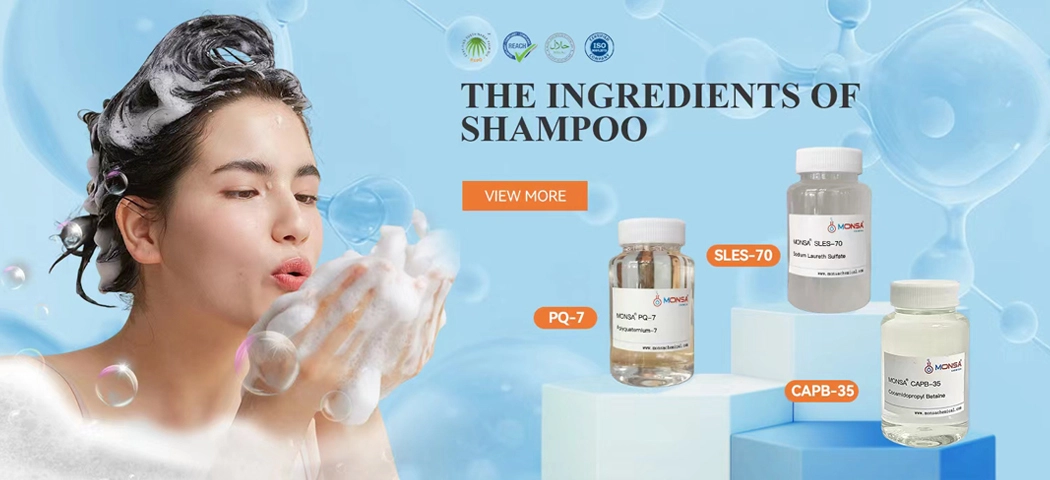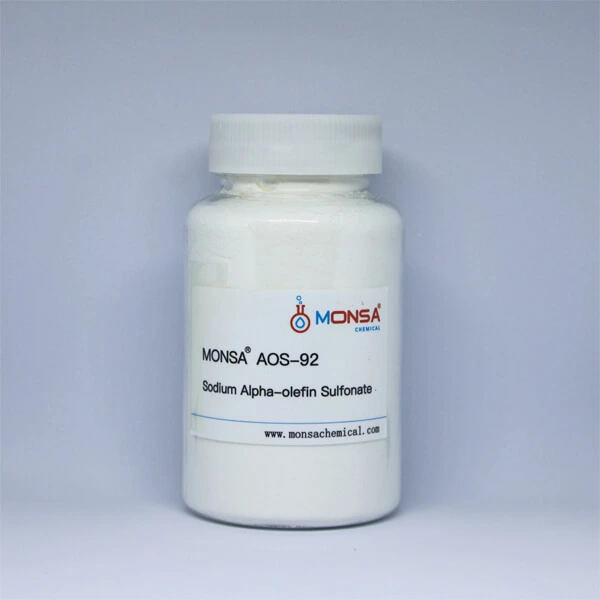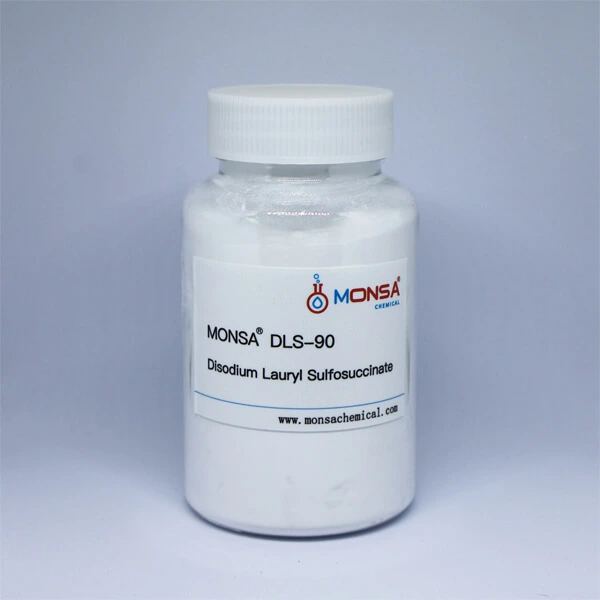In formula design, choosing the right type of surfactant is crucial. The characteristics of these chemicals can serve multiple functions in a product, providing formulation designers with various choices. Let's delve into how to correctly choose surfactants to ensure product performance and stability.
Determine Primary Surfactants and Secondary Surfactants
A single surfactant cannot perform all the functions required of a surfactant in a mixture or formulation. Chemists typically choose a secondary surfactant to complement the weaknesses of the primary surfactant.
Let's take laundry detergents as an example, where the primary surfactant will act as the detergent, achieving the main purpose of the formulation. In this case, a good choice for the primary surfactant is anionic surfactants, as they have strong cleaning properties to remove dirt from clothes. The presence of a secondary surfactant enhances the performance of the final product (in this case, rapid wetting of textiles).
In this part of the formulation, non-ionic surfactants (HLB〜10) would be a good choice for a secondary surfactant, as it can emulsify oils and dirt particles on textiles, allowing the primary surfactant to remove dirt. In the case of laundry detergents, the second surfactant can enhance the function of the first surfactant by wetting the surface of dirty clothes, bringing dirt into the washing solution, and ultimately allowing the first surfactant to emulsify the dirt and remove it from the substrate.
By combining the primary and secondary surfactants, it is possible to achieve formulation performance that cannot be determined using a single surfactant.
Surfactant Compatibility
Choosing compatibility between primary surfactants and secondary surfactants may be as significant as product development. Here are some general guidelines regarding surfactant compatibility.
Synergy Between Surfactants
The term "synergy" is often used to describe the extent to which team members understand and accept their roles within the team and a larger scope of an activity.
Similarly, primary and secondary surfactants must not only be compatible with each other, but they must also have the right "chemical nature" in the formulation to enhance product stability while maintaining optimal application performance.
Additionally, the technique of blending surfactant mixtures and various surfactants with different HLB values will help in determining the selection of primary, secondary, and sometimes tertiary surfactants.
Cost of Surfactants
Achieving the first three criteria may come at a cost, choosing the most expensive surfactant does not solve all the stability, utility, or applicability issues of a product in the market. Selecting the surfactant type that best suits the product's needs can ensure competitiveness and market appeal, while maintaining cost-effectiveness.











